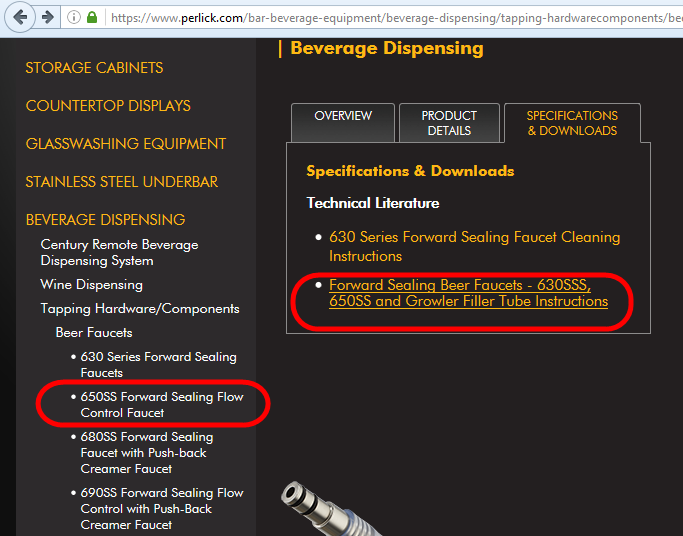illmatija, have you actually experienced the sulfur flavour/aroma with your taps? Seems that some people don't encounter the issue at all, so I wouldn't bother with the treatment if you haven't had the issue. The procedure can be done to the taps at any point.
I'd also caution against long soaking of the taps in starsan as it seems this might cause or increase the amount of perceived sulfur.
I will try it first, I have to get appropriate shanks first since these don't fit some German ones I have. If I get sulfur I will passivate them.
The reason I asked is because I could return them before using them, and if after passivation, running StarSan or sourish beers would bring back the sulfur, I would probably prefer to just replace them.



